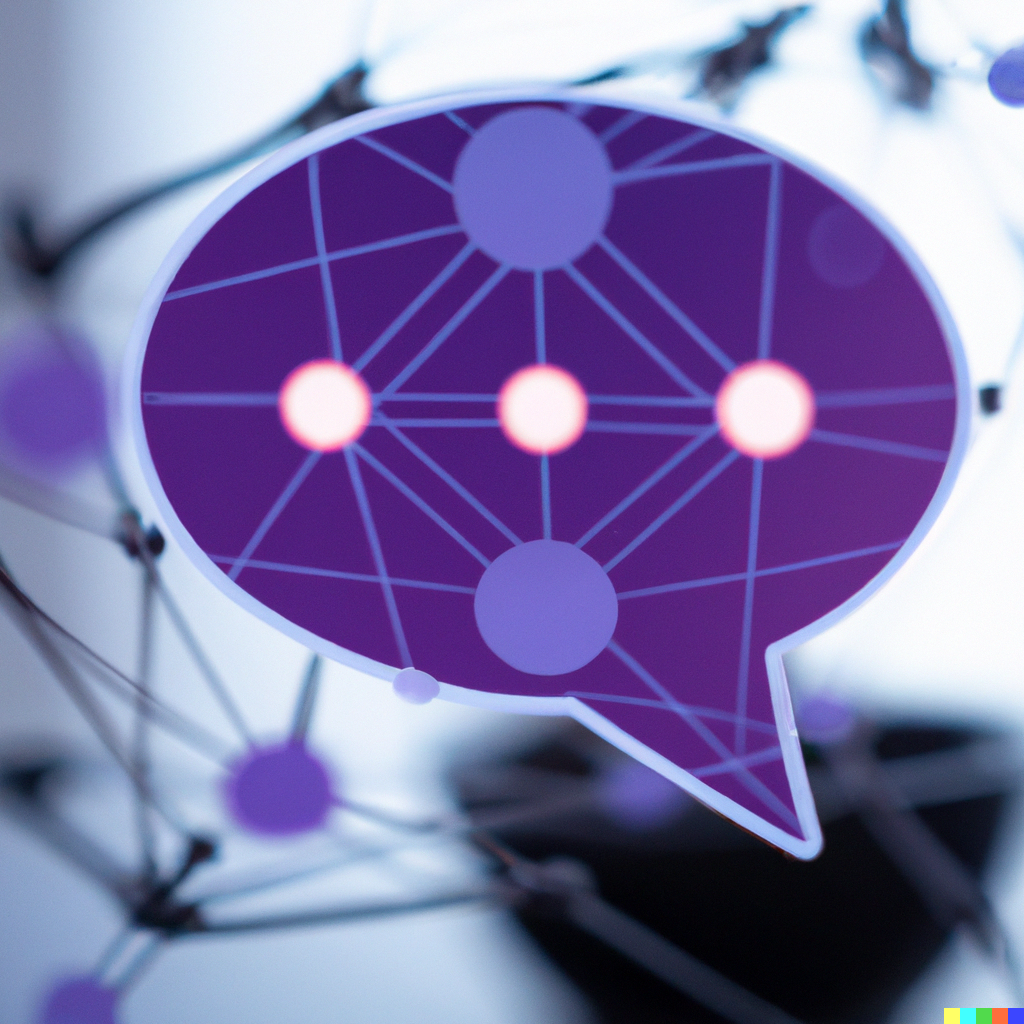Introduction
Have you heard about the most recent advancement in AI language processing? The GPT-3 from OpenAI has created a new standard for complex linguistic abilities. This third-generation language model is capable of responding to queries, producing text that mimics human writing, and performing a number of linguistic operations. It makes sense that tech firms would want to offer GPT-3 as part of their offerings.
But how do you get started? Although integrating GPT-3 into your product may appear difficult, it doesn’t have to be. In this thorough manual, we’ll take you step-by-step through the procedure, beginning with a review of the GPT-3 API and concluding with deployment and recommended practices. This article will give you the information and resources you need to harness the potential of GPT-3 for your product, whether you’re a seasoned tech company or just getting started. So let’s start now!
Understanding the GPT-3 API
Understanding GPT-3 and its capabilities is crucial before beginning the integration process. OpenAI created the GPT-3 language model, which processes and produces text using cutting-edge machine learning techniques. GPT-3 has the potential to significantly improve a variety of products, from chatbots to virtual assistants, thanks to its capacity to accomplish a wide range of linguistic tasks.
You may use GPT-3’s sophisticated language capabilities to give users a more customized and intuitive experience by integrating it into your product. GPT-3 has the potential to advance your product, whether you’re trying to enhance customer service, automate laborious processes, or simply offer a more enjoyable user experience.
Planning your Integration
Careful planning is necessary when integrating GPT-3 into your product to guarantee a flawless integration and the best outcomes. Consider the following actions before starting the implementation process:
- Determine areas where GPT-3 can improve your product.
- Virtual assistants
- Chatbots
- Content generation
- Analyze the viability of integrating GPT-3 with your current tech stack and your existing APIs.
- API compatibility
- Data privacy and security considerations
- Performance and scalability
- Decide on the scope of integration
- Full integration
- Partial integration
- Integration of specific GPT-3 capabilities (e.g. content generation)
| Area of Integration | Considerations |
| Chatbots | API compatibility, user experience, data privacy |
| Virtual assistants | API compatibility, natural language processing, data privacy |
| Content generation | API compatibility, text quality, data privacy |
| Question answering | API compatibility, accuracy, data privacy |
Implementation
With your integration plan in place, it’s time to start implementation. Here are the steps you’ll need to follow:
- Obtain API access from OpenAI
- Sign up for an API key
- Familiarize yourself with the API documentation
- Connect to the GPT-3 API
- Implement the API connection in your code
- Test the API connection to ensure it’s working as expected
- Integrate GPT-3 into your product
- Choose the specific GPT-3 capabilities you want to integrate
- Implement the integration in your code
- Test the integration to ensure it’s working as expected
- Deploy the integration to production
- Conduct a thorough testing of the integration
- Deploy the integration to your production environment
- Monitor the integration to ensure it’s working as expected

Testing & Best Practices
After the implementation is finished, it’s critical to thoroughly test the integration to ensure it performs as intended. Make sure thorough testing is done, assessing performance as well as the presence of data privacy and security measures. In order to handle any issues as they develop and implement necessary enhancements and optimizations, continuous monitoring is also crucial.
The most important thing is to keep up with the most recent GPT-3 advances in addition to testing and monitoring. Keep up with API updates and new features, and think about including them in your integration. Use GPT-3 to enhance current features and introduce new ones by selecting the appropriate capabilities for your product. You may improve your product and make the most of this cutting-edge language model by staying informed and employing GPT-3 efficiently.
Summary
OpenAI created the cutting-edge language model GPT-3, which has the potential to completely alter a variety of sectors. Getting API access, connecting to the API, integrating the selected features, and deploying to production are the steps involved in incorporating GPT-3 into your product. It’s crucial to properly test the integration and keep an eye on its functionality, making adjustments and optimizations as necessary. You can improve your product and advance it by keeping up with the most recent advancements and wisely utilizing the power of GPT-3.


